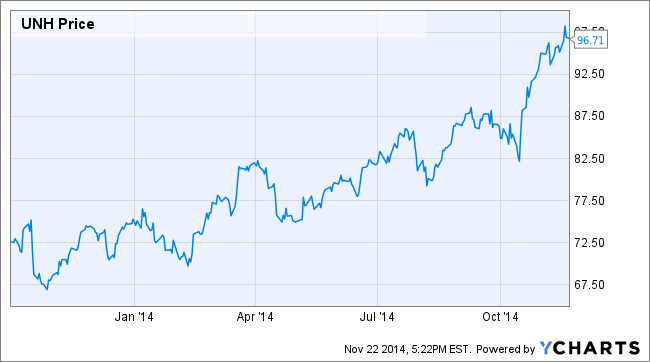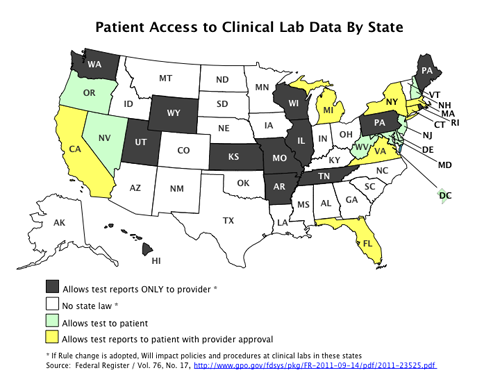Occupational and Environmental Medicine is a specialty where physicians are responsible for the health of workers. While your average office cubicle dweller doesn’t usually think twice about workplace health hazards, those in mining, manufacturing, and the military have good reason to be concerned.
Typically an occupational health record and a medical record take two completely separate paths, and rarely does a practitioner get the benefit of being able to see both in the same system. As a patient’s work affects their health and vice-versa, this report proposes that an EMR also capture occupational health information. The Institute of Medicine, the Government’s most august body of academic physicians and policymakers just issued a report that examined the rationale and feasibility of incorporating occupational information in patients’ EHRs. Patient records and occupational health records typically exist in separate systems – probably because reimbursement systems differ. To unify these records would give a physician a full picture of the patients’ health, potentially making care more effective and lowering costs.
Though the most obvious place for an occupational health department is a health care setting, occupational health physicians can practice just about anywhere. Judging from a few recent listings on the American College of Occupational Medicine’s website, in addition to the usual suspects like large health systems, occupational health physicians are currently needed at the Harley Davidson Plant in Tomahawk WI, the Social Security Administration in Baltimore, MD, and SeaWorld. It seems that a physician who works at any of these atypical settings would benefit from an EMR that speaks specifically to the needs of these particular sets of patients. A diver at SeaWorld and a line worker at the Harley plant would benefit from a customized OnPatient experience when seeing an occupational health physician. Physicians who work in these environments also need to have their own set of efficiencies built into their workflow given the variety of environments they work in.
Occupational and Environmental Medicine is a specialty where physicians are responsible for the health of workers. While your average office cubicle dweller doesn’t usually think twice about workplace health hazards, those in mining, manufacturing, and the military have good reason to be concerned. Typically an occupational health record and a medical record take two completely separate paths, and rarely does a practitioner get the benefit of being able to see both in the same system. As a patient’s work affects their health and vice-versa, this report proposes that an EMR also capture occupational health information. The Institute of Medicine, the Government’s most august body of academic physicians and policymakers just issued a report that examined the rationale and feasibility of incorporating occupational information in patients’ EHRs. Patient records and occupational health records typically exist in separate systems – probably because reimbursement systems differ. To unify these records would give a physician a full picture of the patients’ health, potentially making care more effective and lowering costs. Though the most obvious place for an occupational health department is a health care setting, occupational health physicians can practice just about anywhere. Judging from a few recent listings on the American College of Occupational Medicine’s website, in addition to the usual suspects like large health systems, occupational health physicians are currently needed at the Harley Davidson Plant in Tomahawk WI, the Social Security Administration in Baltimore, MD, and SeaWorld. It seems that a physician who works at any of these atypical settings would benefit from an EMR that speaks specifically to the needs of these particular sets of patients. A diver at SeaWorld and a line worker at the Harley plant would benefit from a customized OnPatient experience when seeing an occupational health physician. Physicians who work in these environments also need to have their own set of efficiencies built into their workflow given the variety of environments they work in.
This post originally appeared on the Dr. Chrono Blog







